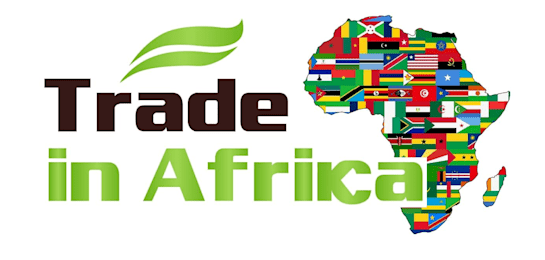Container gardening is a world within gardening that allows anyone to create their perfect garden. They’re super convenient because you can customize the growing conditions of your plants, grow whatever you want, and if need be, they can be moved around instantly! However, the key to a thriving container garden is to have the right potting mix to start off with.
That can be a problem for many. There are lots of different kinds of potting mixes that are ready to buy and can often be poorly put together. But, the good thing is, you’re not stuck with the store-bought potting mix; you can make the perfect, long-lasting potting mix for your container garden at home! In this post, we will be taking a closer look at exactly how you can do that!
How To Make Your Own Potting Mix
Here is a simple and easy way to make your own potting mix for your container garden!
#1: Get the Base
Since a container is a small and packed space, it needs soil that’s going to be light and airy yet, not retain so much moisture that the roots end up rotting. That’s why the best base would be something like coconut coir. Coconut coir has a neutral pH value, doesn’t break down very easily over the years, and is great at appropriately retaining water, which makes it the perfect base for your homemade potting mix!
#2: Add the compost
Next, you have to make sure you’re providing the nutrition that your garden will need to jump-start growth. For that, you’ll need compost! Use your kitchen waste to create your own compost and add it to the potting mix!
#3: Sort out the drainage
No potting mix is complete without the right drainage, so next, sort that out! Perlite is one of the best ways to add drainage because it naturally creates enough space between the soil for the roots to expand and breathe while retaining an appropriate amount of water!
DIY Potting Mix Recipe:
1 Cup Coconut Coir
1 Cup Compost
½ Cup Perlite
Customize the above recipe according to the size of your garden, and you’ll have the perfect DIY potting mix ready to go in no time!
All set to create your container garden!
Now that you have your very own nutrient-rich, homemade potting soil with great drainage, all you need to do is get pots that match your garden’s aesthetic and the plants that you’ve always dreamed of planting and create your container garden!















